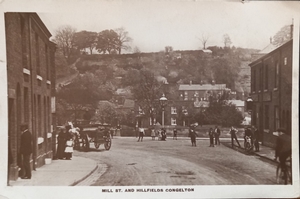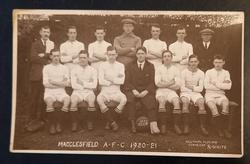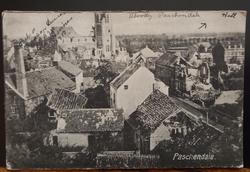News
When Did You Last Send a Postcard?
Posted On: 08 Feb 2024 by John CockellPostcards were one of the most available yet fun ways of sending loved ones a message whilst you were away - but did you know some can be worth thousands?

POSTCARDS
When did you last send a postcard? For over 100 years, views of a beach, a city street or a range of hills were bought and posted in huge quantities here and across the world. It was a cheap, quick and welcome way of letting friends and family know that all was well (although it was probably still raining!) Often too, with frequent postal deliveries, cards were sent to make arrangements to meet or visit. Postcard albums were popular, either to keep and display cards received or as a reminder of holidays in an age where not everybody had a camera. As travel and tourism increased during the 20th century, so there was a boom in postcard production. Not all postcards contained best wishes or holiday news. Romantic cards were common and during the first World War postcards were often the only way soldiers could keep in touch with their families.
A 1920 real photo postcard of Macclesfield Athletic Football Club, Cheshire
The names of Francis Frith, a pioneer of Victorian photography whose images appeared on hundreds of British postcards, and Donald McGill whose cheeky, risqué cartoon cards graced a thousand seaside shops in the 20th century are still well known names.
Military images are popular, in particular WW1 photo cards, although they are abundant. Some examples are routine images but with interesting and poignant messages. Topographical cards and those showing social history are probably the biggest collecting area, for example early town and city street scenes, particularly those including shops, businesses, transport and pedestrians. The more detail and activity, the better. Less promising photos can sometimes throw up surprise interest : a routine, early view of a street of houses can attract interest from the modern owners now living there, people who were born there or of an author compiling a book of images of the area. Cards showing sports are collectable, particularly those with a sporting celebrity, and early football matches are in demand. Foreign cards are less common and there is an increasing interest in Chinese cards and other more exotic locations. In some cases the value of the stamps and postal markings can exceed the value of the cards.
A World War One printed postcard with written messages to loved ones
Which postcards can do well in auction? Albums of late Victorian and Edwardian cards have potential with the best prices achieved for real photo rather than printed examples. Cards published and printed direct from the negatives are particularly sought after. Mid 20th century and later collections are less likely to spark interest unless the quality and subject matter is particularly good.
The vast majority of postcards, irrespective of age, range from a few pence to £5. Examples are images of actresses, ships, animals, churches. Early real photo village and street scenes or pre-1950 railway stations can fetch up to £20. At the top end of the auction market, a card posted in Cork on a stopover on the Titanic's voyage, sold for £8600 a few years ago and an 1898 Art Nouveau postcard advertising bicycles sold for £10,750.
A 1912 street scene postcard
As with all items at auction, condition is very important. Cards from an album are often in very good condition and some wear and marking is usually acceptable but, unless the image is rare and desirable, cards in poor condition are not generally commercial. Value is not usually affected by whether the card has been stamped and posted or not.
So why not dust off those old family albums and hunt through those boxes in the attic and have them valued? Postcards that were often meant as a quick and disposable message may turn out to have both interest and value at auction.



